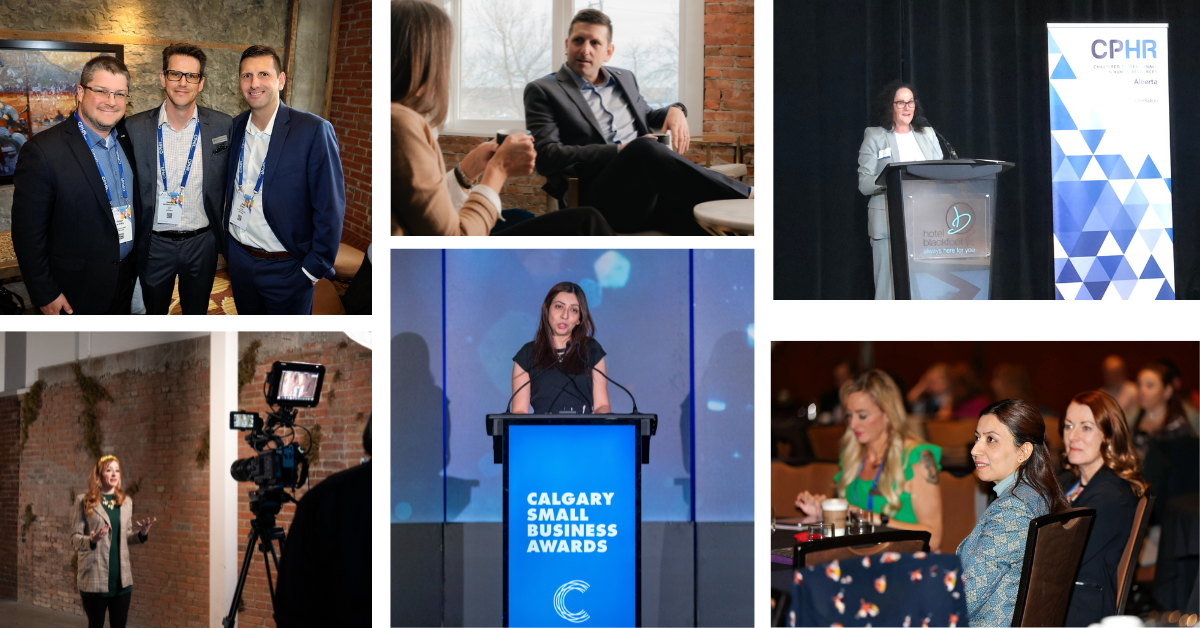
An Update from your Board of Directors – March 2025
As the governing voice of CPHR Alberta, the Board of Directors meet quarterly to provide oversight and guidance in several key areas. The Board, alongside CPHR Alberta operations, continues to deliver on the association's strategic priorities developed in the 2020 strategic plan.
To ensure transparency between our Board of Directors, members and key stakeholders, we are sharing post-meeting messages to inform the steps taken towards advancing our profession and ensuring a financially stable association.
The Board of Directors met on March 15, 2025, and the Board’s key messages are as follows:
- CPHR Alberta continues to advance the strategic priority to become a self-regulated association, supported by proposed amendments to Alberta's Professional Governance Act. This continues to be a priority for operations over the next year.
We encourage you to join us at the 2025 Annual General Meeting (AGM) on Friday, May 9, 2025, to hear more about self-regulation. - The Board approved the audited financial statements for the fiscal year ending December 31, 2024. Based on observations from the independent auditor, the association has effective reporting and control processes in place in addition to appropriate reserves for financial sustainability.
Audit financial statements will be available in the 2024 Annual Report, distributed to members alongside our AGM Notice of Meeting in April.
- CPHR Alberta has launched an innovative new program for senior HR leaders working in executive-level roles, speaking to how the association is elevating the reputation of CPHR's and provided targeted professional development for HR professionals working at all levels in organizations.
CPHRs can apply for the Executive Program by completing our application here. - CPHR Alberta has aligned with CPHR Canada to approve mutual recognition with the Chartered Institute of Professional Management (CIPM) Nigeria and CIPM Sri Lanka.
Learn more about the MRA here.
The next Board meeting takes place in June 2025, after which we will again share our key messages. If you have any questions regarding these key messages or the Board of Directors, please contact chair@cphrab.ca. We welcome your feedback!
The views and opinions expressed in this blog post belong solely to the original author(s) and do not necessarily represent the views and opinions of CPHR Alberta.





